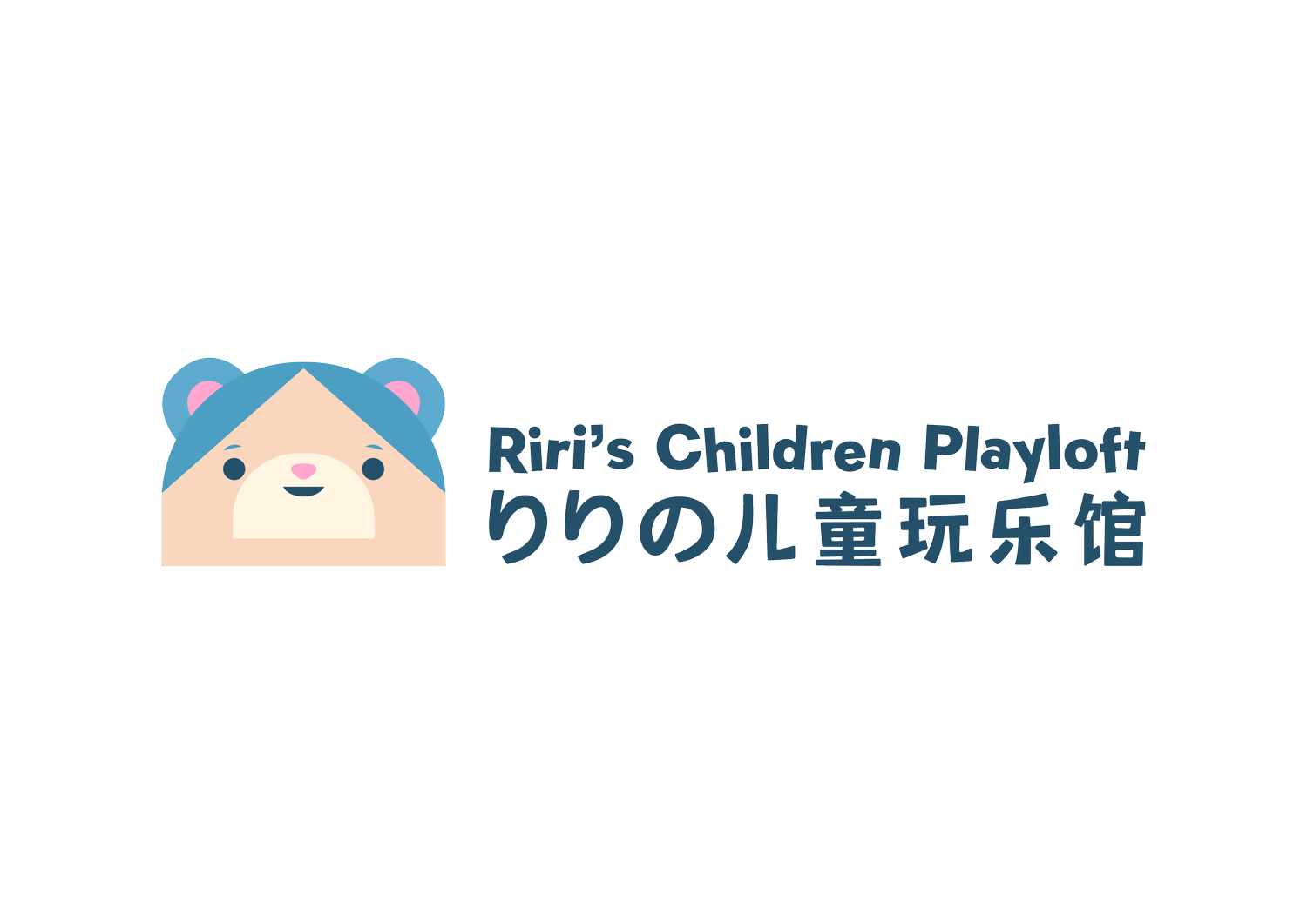おめでとう Omedetou: The Space We Imagined
Looking for a calm, aesthetic toddler birthday party venue in Singapore? Discover Riri’s Children Playloft in Upper Thomson—a Japanese-inspired toy museum designed for gentle play, natural light, and stress-free celebrations. Host a mindful milestone in a private sanctuary where the toys are the decor.
Many have asked us: Why are you building this toy museum and gentle play space?
Our wooden toy museum and gentle play space




